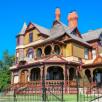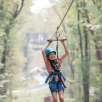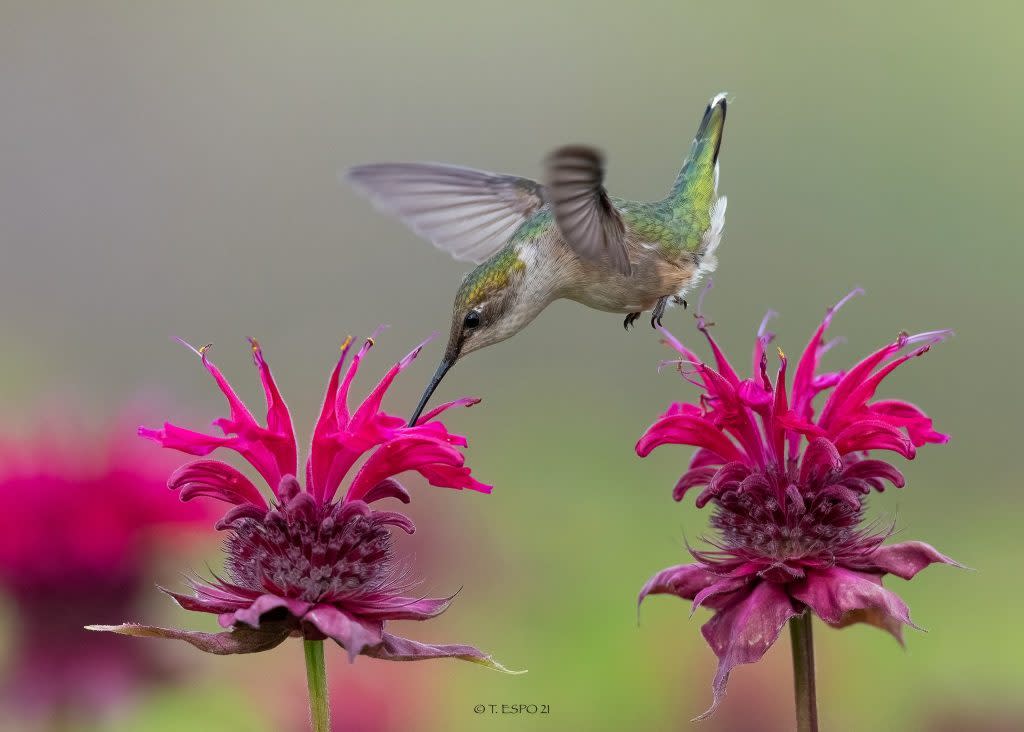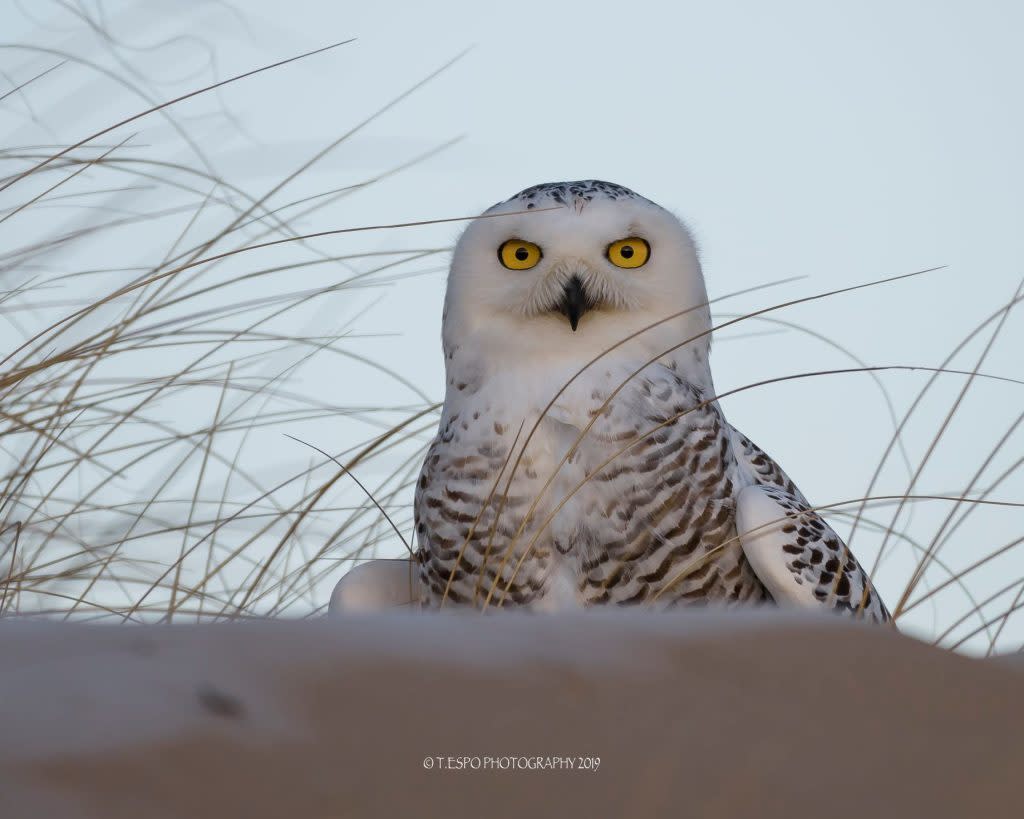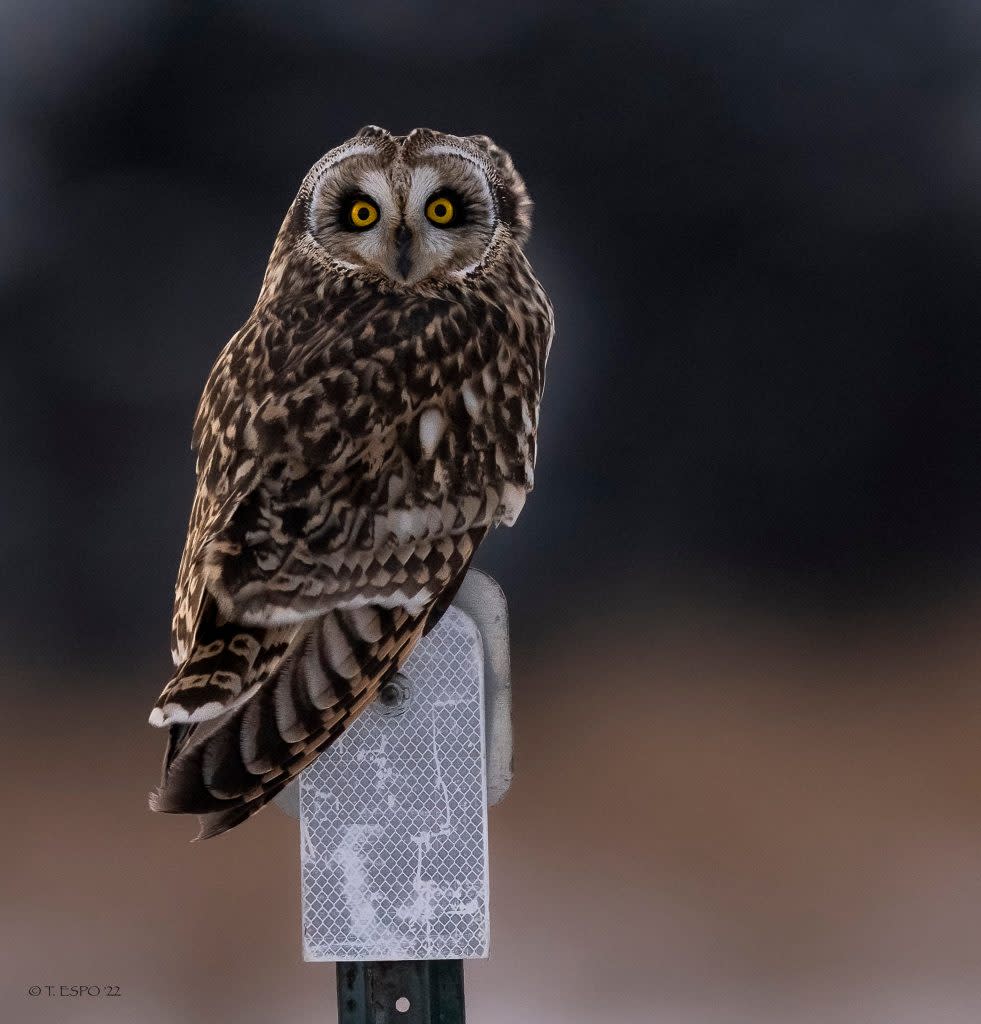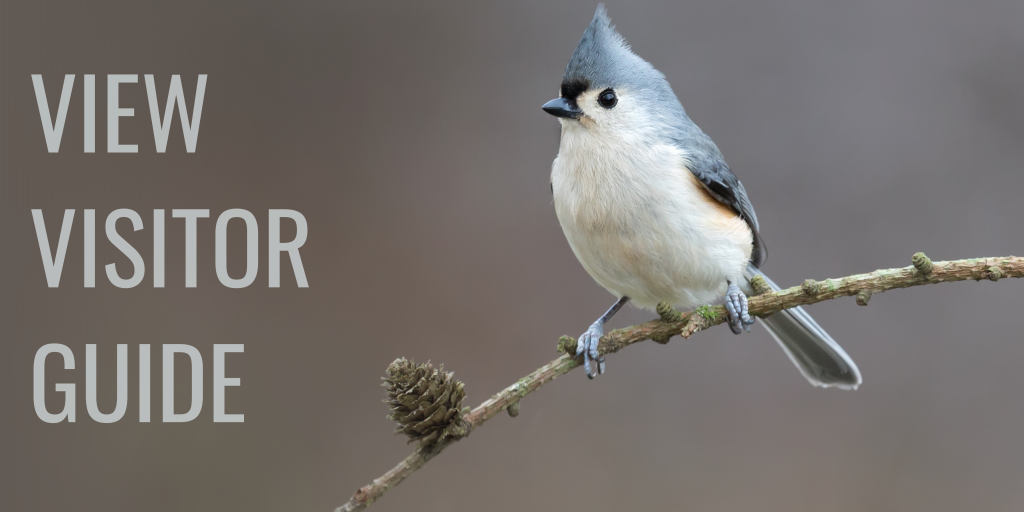Birding and birdwatching are big! And this Lake Michigan Beach-town is a natural destination.
Cover Photo and all images courtesy of Tom Espo. Click on images to see more of his work on Instagram.
The popularity of birding is soaring. In 2011 there were approximately 46,700 birdwatchers or birders in the US. In 2020 that number flew to 15.23 million. The growth in this hobby is easy to understand; it gets people outdoors and is inexpensive. It requires no special skills, practice or exotic locations. You can get started with a simple pair of binoculars and reference guide. Muskegon County is literally a birding hotspot! Just take a look at the eBird Hotspot map HERE.
Muskegon County Resource Recovery Center
Here in West Michigan, a very popular viewing location is Muskegon County Resource Recovery Center. The property is SO massive that it can be seen by orbiting NASA astronauts! The 11,000-acre plant offers recreational opportunities to the public. These include a Nature Trail and some of the best birding in Michigan!
Kirby Adams from Michigan Audubon was quoted as saying “Michigan is lucky to have one of the nation’s best wastewater plants, from a birding perspective, in Muskegon County. Rivaling hotspots like Pointe Mouillee and Whitefish Point for rare bird sightings in Michigan." And "At various times of the year, MCRRC provides birders with looks at Upland Sandpipers in the grassy areas, Eared Grebes in summer on the lagoons, thousands of Northern Shovelers in fall, and Snowy Owls sprinkled about the flat expanse in the winter.”
While visiting and enjoying the trails is free, a visitor pass is required. Click HERE to fill out an application.
Dune Harbor Park Muskegon County
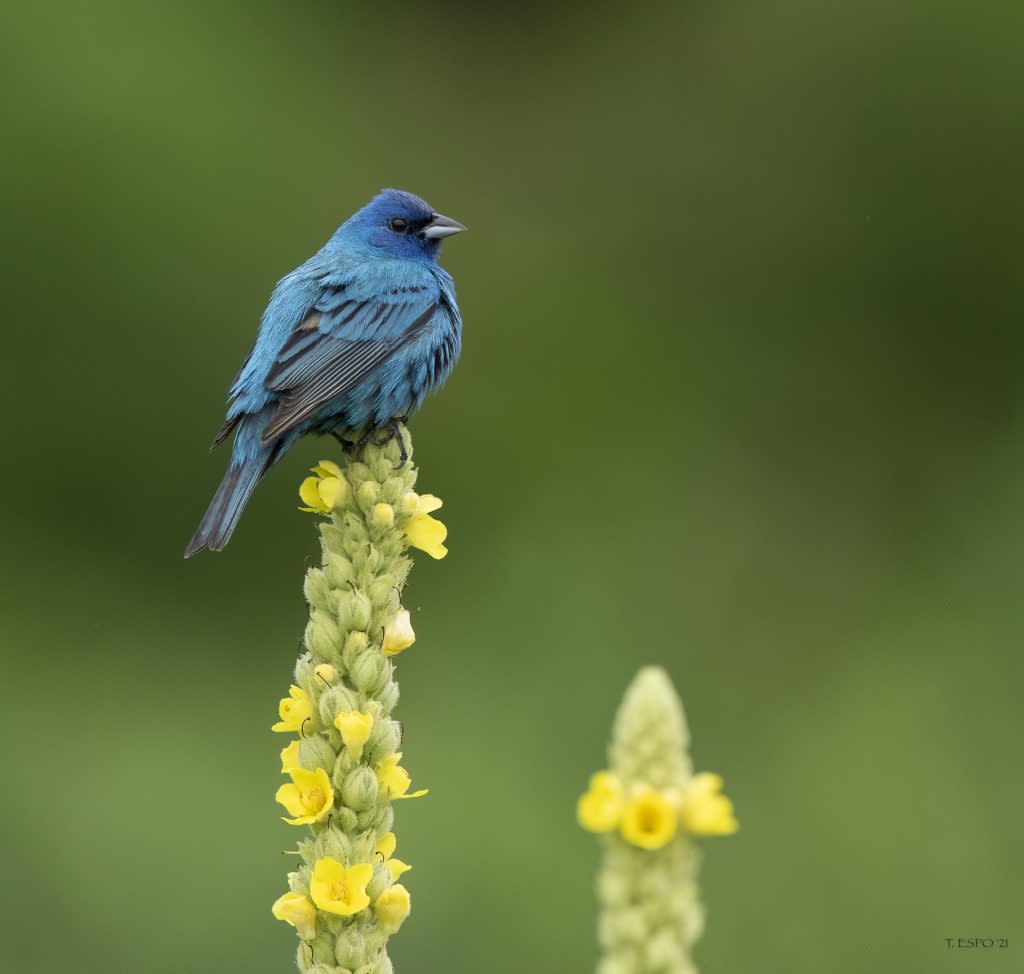
Located right by the Lake Michigan shoreline is a new hidden gem for bird enthusiasts. Dune Harbor Park Muskegon County offers forested dunes, 2 inland lakes, and abundance of native plants and species. This setting creates a symphony of birdsong and calls. (Listen to the birds singing on this TikTok)
Birding Doesn’t Fly South for the Winter!
Snowy Owls are ready for their close up! According to audubon.org, the migration of snowy owls brings large numbers south of the Canadian border. Michigan is the southern-most point of this migration. Snowy Owls prefers to winter in open country such as prairies, farmland, coastal marshes, beaches and large airports. And Muskegon County certainly fits the "bill"!
This is important! In 2017, the International Union for Conservation of Nature listed the bird as "vulnerable" - which is just one step short from being endangered. Because Snowy Owls have had little human-interaction, they have not learned to fear people. They may not fly away when approached, so a respectful distance should always be maintained (bring a big lens!).
Top Three Hotspots
The top three Hotspots according to eBird are:
- Muskegon County Resource Recovery Center (281 species)
- Muskegon State Park (237 species)
- Muskegon State Game Area - Lane's Landing (229 species)
Find a listing of Muskegon County Parks and Nature Preserves HERE
